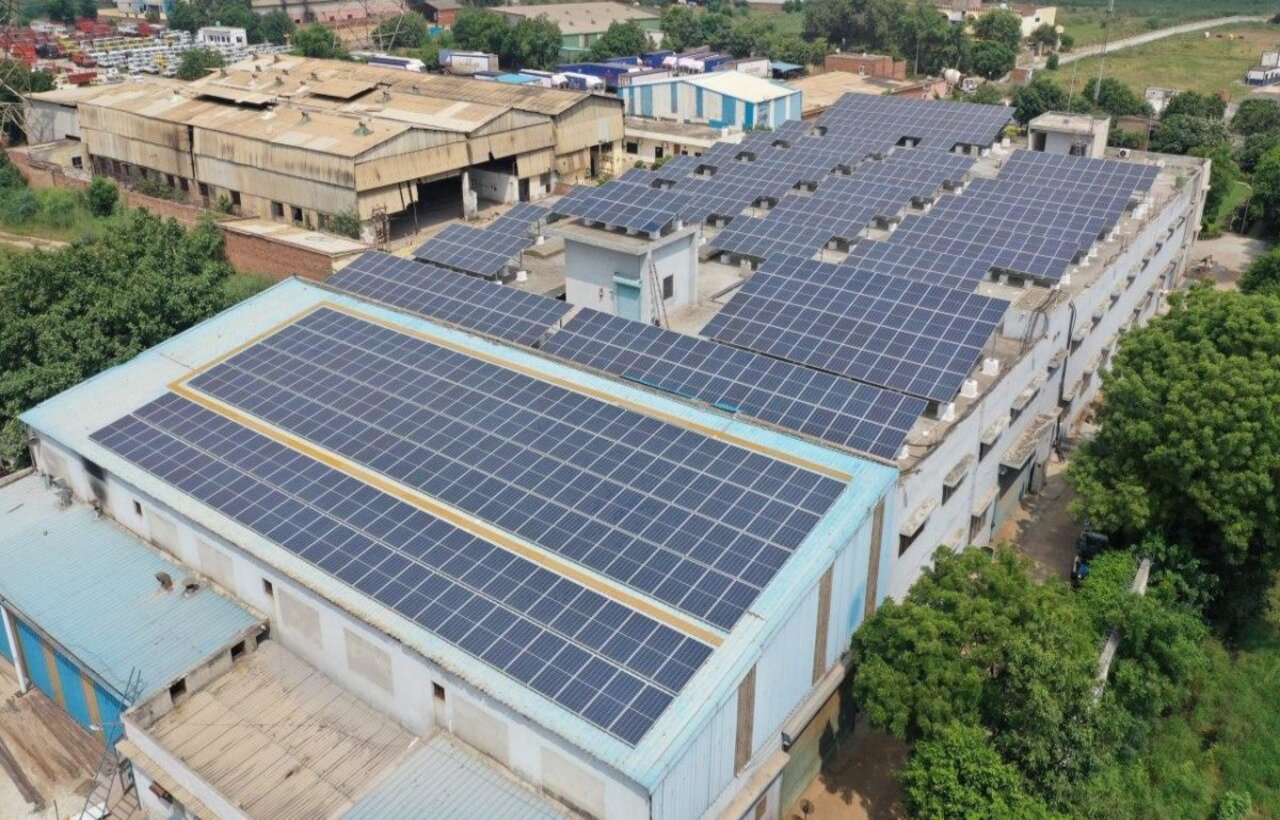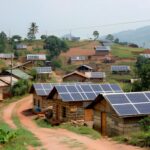

India’s solar sector continues to break records, demonstrating the country’s commitment to renewable energy. In 2024, rooftop solar installations reached an unprecedented 3.2 GW, marking over 86% increase from the previous year.
This surge pushed India’s total rooftop solar capacity to 13.7 GW by the end of December 2024, a milestone that underscores the nation’s rapid adoption of sustainable energy solutions.
Driving Forces Behind the Growth
A significant contributor to this achievement was the PM Surya Ghar: Muft Bijli Yojana, a government initiative aimed at promoting residential solar installations. With strong support and subsidies, this program encouraged widespread adoption, leading to residential consumers accounting for 74% of all new rooftop installations in 2024.
The remaining contributions came from the industrial (19%), commercial (6%), and government (0.8%) sectors.
The capital expenditure (CAPEX) model dominated the installation landscape, comprising 88% of the year’s installations, while the operational expenditure or renewable energy service company (OPEX/RESCO) model accounted for the rest.
State-Level Leadership in Solar Expansion
Certain states have emerged as leaders in rooftop solar adoption, playing a pivotal role in driving the overall growth of the sector.
- Gujarat, contributing 36% of total rooftop solar installations in 2024.
- Maharashtra, accounting for 20% of installations.
- Kerala, adding 9% to the total rooftop solar capacity.
These states have benefited from proactive policy frameworks, financial incentives, and streamlined regulatory processes that have made solar adoption easier and more attractive.
Challenges & Future Outlook
While the record-breaking installations indicate strong momentum, sustaining this level of growth presents challenges. Some of the key hurdles include:
- Fluctuating Module Prices: The cost of solar panels and associated equipment has seen volatility due to supply chain disruptions and international market dynamics. Stabilizing these costs will be crucial for continued growth.
- Financing & Awareness: While government subsidies have helped, access to affordable financing options remains a challenge, particularly for middle-income households and small businesses.
- Grid Integration & Storage: As rooftop solar adoption grows, grid stability and energy storage solutions will become increasingly important to manage excess power and ensure seamless integration.
Despite these challenges, the outlook remains optimistic. With continued government support, falling technology costs, and increased consumer awareness, India is well on track to achieve its ambitious renewable energy targets.
India’s record-breaking rooftop solar installations in 2024 highlight the nation’s commitment to renewable energy and its potential to lead in sustainable development.
Continued support from government initiatives, coupled with active participation from residential and industrial sectors, will be crucial in maintaining this upward trajectory and achieving long-term energy goals.

